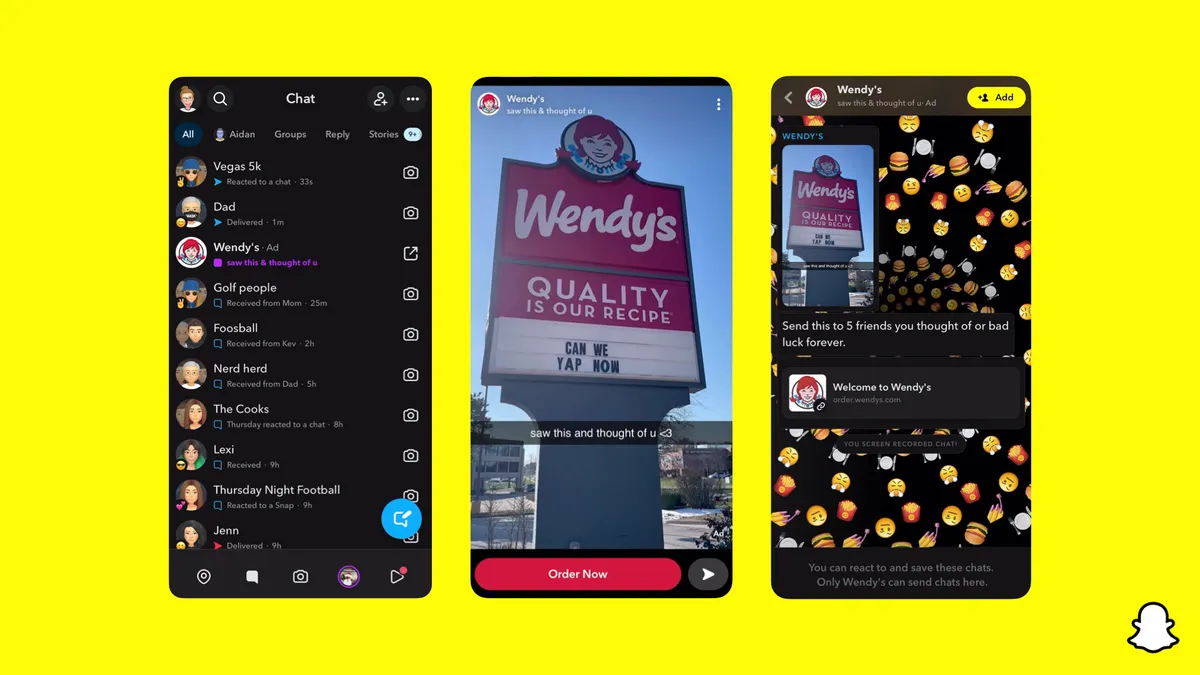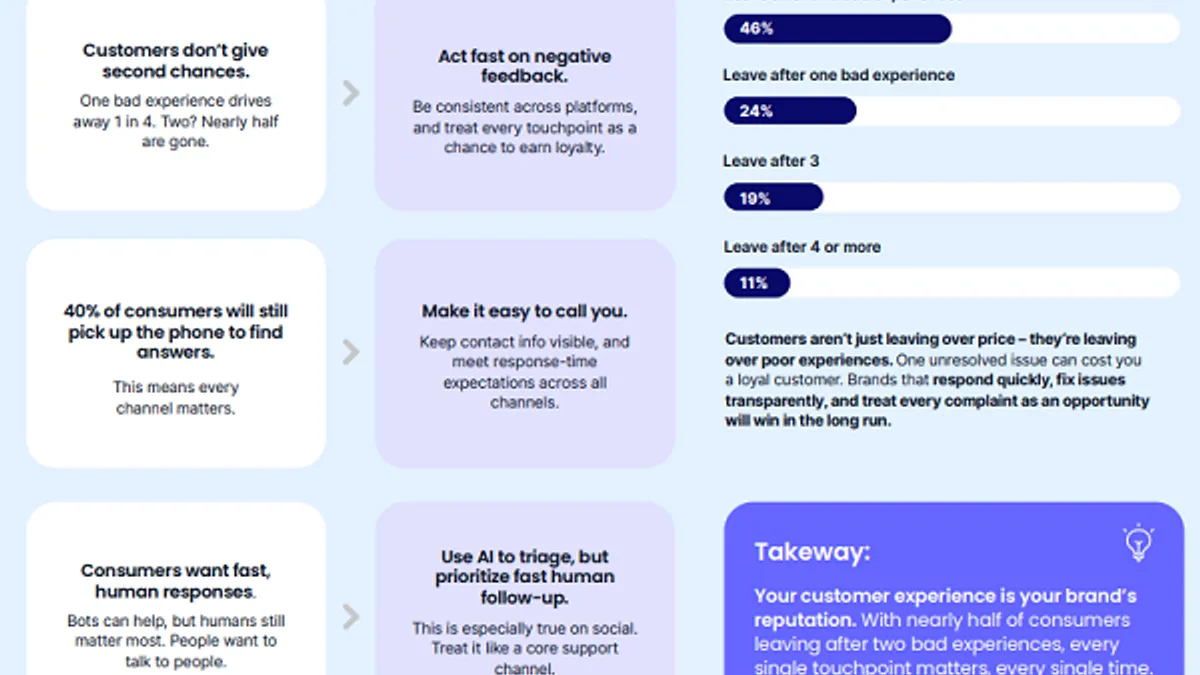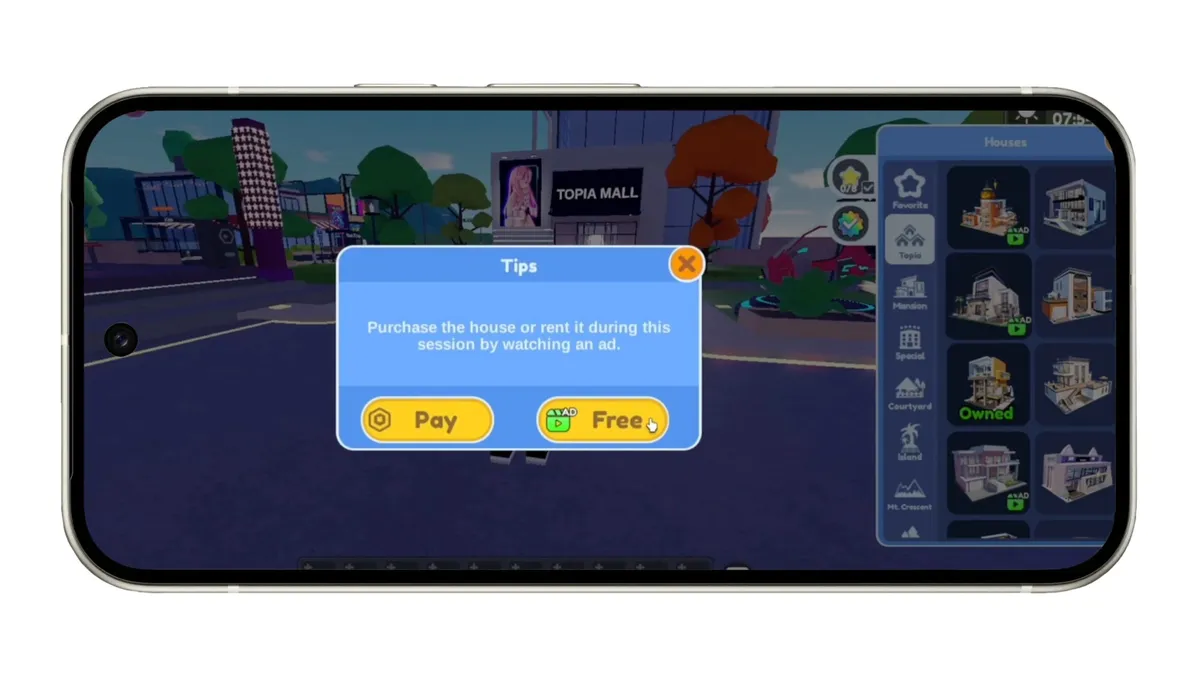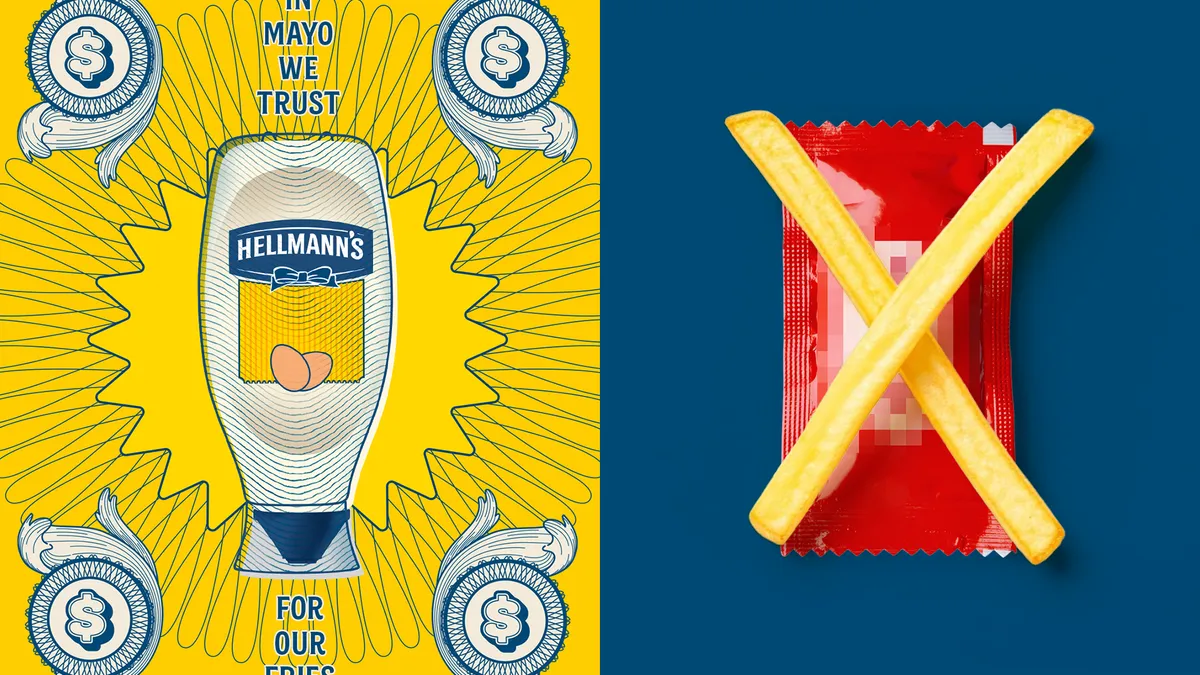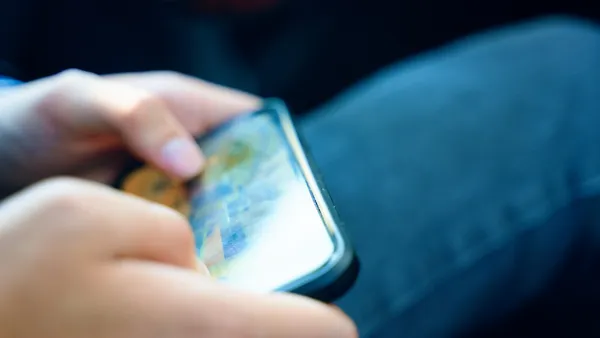NEW YORK — Since its launch just over two years ago, Instagram Stories has become an engine of growth for the image- and video-sharing platform, eclipsing the milestone of 400 million daily active accounts this summer.
This meteoric growth has made Stories popular with both users and marketers, the latter driven by high ROI. During a session at Advertising Week on Wednesday, Instagram's global head of business and media Jim Squires noted that 50% of consumers buy a product online after seeing it in Stories and 31% buy in-store after seeing it on the platform.
One of the brands finding success with Instagram's Stories is Nike, as Jackie Titus, the brand's global head of social strategy, described the feature as "central to all of our social content strategy and planning."
But for Nike, the cinematic, TV-first ads it's traditionally known for don't always work on Instagram, whether in feed or in Stories.
"An early lesson we learned was we can't create one asset and put it everywhere. It sounds so obvious now," Titus said. Now, Nike's "golden rule" is thinking strategically about "... creative, never without distribution. What are we making it for and where is it going to live?"
The medium is the message
When the company launched Nike React — a cushioning foam designed for runners — it pushed its two-minute "Choose Go" ad featuring brand ambassadors like Kobe Bryant and Kevin Hart to YouTube. But instead of dicing the ad into bite-sized pieces for Instagram, Nike figured out how to bring to life the React's springy, soft cushioning — in a different form. For Instagram's main feed, that meant visually conveying the idea as a video with "thumb-stopping power." In this case, the company used a short clip of a sneaker bouncing off a pillow on a trampoline. For Stories, Nike handed the camera over to its brand ambassadors to let them film themselves and tell the audience how the shoes felt.
These "athlete sensorials" were successful for Nike, but weren't initially an easy lift. "We typically are very heavy-handed with our athletes," Titus explained. "But with these platforms, we want to allow for more access [that are] real and authentic in their voices."
Nike used various techniques like text overlays and animation to convey the same idea to Instagram users who watch without sound. While a viewer might not have heard Kevin Hart describe the shoes as a "goose down pillow with actual geese in it," they'd see animated geese on his feet. In addition, Nike analyzed which athlete sensorials resonated in which markets, boosting the signal with media support and using Instagram's swipe-up function to drive potential buyers to the right website.
The athletic gear company also successfully experimented with Stories in a campaign around the Berlin Marathon in September. The Instagram Story teamed 2016 Olympic marathon winner Eliud Kipchoge with four runners more representative of the brand's average customer base, and followed along as Kipchoge broke the world marathon record.
The "everyday" runners personalized and humanized the campaign, which Nike paired with a design aesthetic that matched that of the Berlin Marathon. The company also used tagging and other native Instagram features for a more seamless experience.
While Nike saw "incredible" rates of completion and engagement with the campaign, it didn't know if it would work — or if Kipchoge would break the record — but the loose, ephemeral nature of Stories allowed the brand to be a little looser than usual, as well.
Addressing the challenges
That ephemerality — Instagram Stories last just 24 hours unless saved as a Highlight video — is one of the format's greatest challenges.
"Instagram Stories is probably the biggest leap we made with using the platform because of how short it lasts," Titus said.
For marketers, the amount of time, money and effort that go into preparing content that will last a single day is often difficult to accept, but Titus has found it to be "an education moment" for her team.
"Even though it's only 24 hours, the reach and engagement counterbalances that," she said.
Titus added that another major challenge was getting Nike to think vertically. As Squires explained, 90% of mobile time is spent in portrait mode, with 72% of millennials never turning their phones, even to view horizontal content. Learning to film vertically — what goes in the frame, where key reveals go, how to use design treatments and native tools on the platform — is a continuous learning process for Nike.
Successfully utilizing those native features can boost performance. For this summer's launch of the PhantomVSN, Nike used an Instagram carousel that saw swipe-up and conversion rates that outperformed benchmarks.
"Stories will continue to really be a pinnacle part [of Nike's marketing] as the consumer continues to show up there," Titus said.
Nike is not alone, and Titus advised other marketers to use the tools and signals available on the platform and to stay curious about the possibilities that Stories offer. The format, and Instagram in general, can be extremely powerful for marketers, but not without savvy.
"We have to be just as interesting as Beyoncé and your friend's avocado toast. In the feed you're stacked up all the same," Titus said. "You can't top Beyoncé, but it's a good goal."











